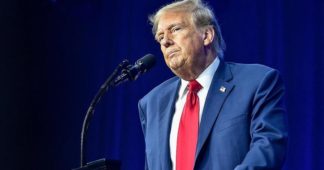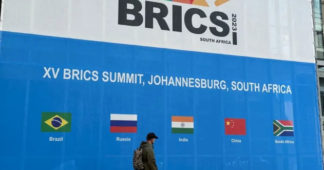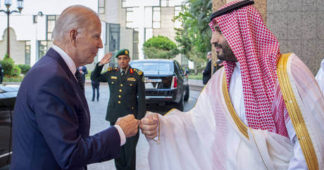by Anastasia Kostina
April 10, 2025
The markets of the Shanghai Cooperation Organization (SCO) and BRICS could potentially be integrated, representatives of the SCO Secretariat told Izvestia. They clarified that such a decision would need to be made by the competent authorities of the member states of both blocs. However, experts noted that a rapid merger is unlikely, due in part to the overlapping memberships of these countries in other international organizations. In the long term, a joint trade space could help the participating nations cope with the consequences of the United States’ aggressive tariff policies and accelerate the process of de-dollarization.
“In the future, the alignment of SCO and BRICS markets cannot be ruled out, but this is a matter for the competent authorities of the respective countries. At present, the SCO is not considering the issue of common tariffs or other economic preferences for the member states of both organizations. But again, the decision rests with our governments,” the SCO Secretariat told Izvestia.
BRICS currently includes Brazil, Russia, India, China, South Africa, the United Arab Emirates, Iran, Ethiopia, Egypt, and Indonesia as full members. Merging these markets would create significant opportunities for expanding trade between these nations. Nonetheless, there are substantial obstacles to such coordination. Many BRICS and SCO members also participate in other international bodies, complicating market harmonization, Izvestia writes.
The economic agendas of SCO and BRICS are united at least by their shared commitment to reducing reliance on the dollar. According to the newspaper, this would make countries within both organizations less dependent on the Group of Seven (G7) nations – especially the United States, which is seen as using the dollar as a political weapon.
Amid the United States’ aggressive tariff strategy toward many countries, enhanced economic cooperation within BRICS and the potential expansion of its market through SCO states could help soften the impact of Washington’s trade restrictions, independent expert Andrey Barkhota told Izvestia.
“The key beneficiary of removing internal trade barriers within BRICS and the SCO would be China. The potential for increased trade turnover in this scenario does not exceed 20%. Still, with the global turmoil stirred by Donald Trump’s actions, BRICS may indeed gain renewed momentum for development. However, the absence of the EU and the US from these groupings means that BRICS and the SCO cannot replace the World Trade Organization,” Barkhota added.
The first step toward cooperation between BRICS and the SCO could involve developing a shared roadmap, as well as exchanging information and experience in areas such as environmental policy, according to Victoria Panova, Vice Rector at the Higher School of Economics and Head of the BRICS Expert Council.
We remind our readers that publication of articles on our site does not mean that we agree with what is written. Our policy is to publish anything which we consider of interest, so as to assist our readers in forming their opinions. Sometimes we even publish articles with which we totally disagree, since we believe it is important for our readers to be informed on as wide a spectrum of views as possible.











